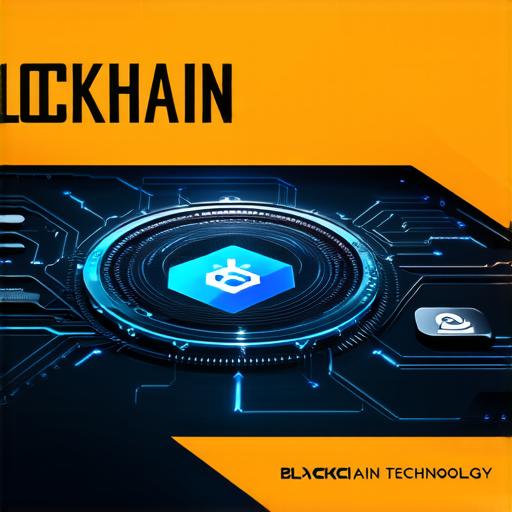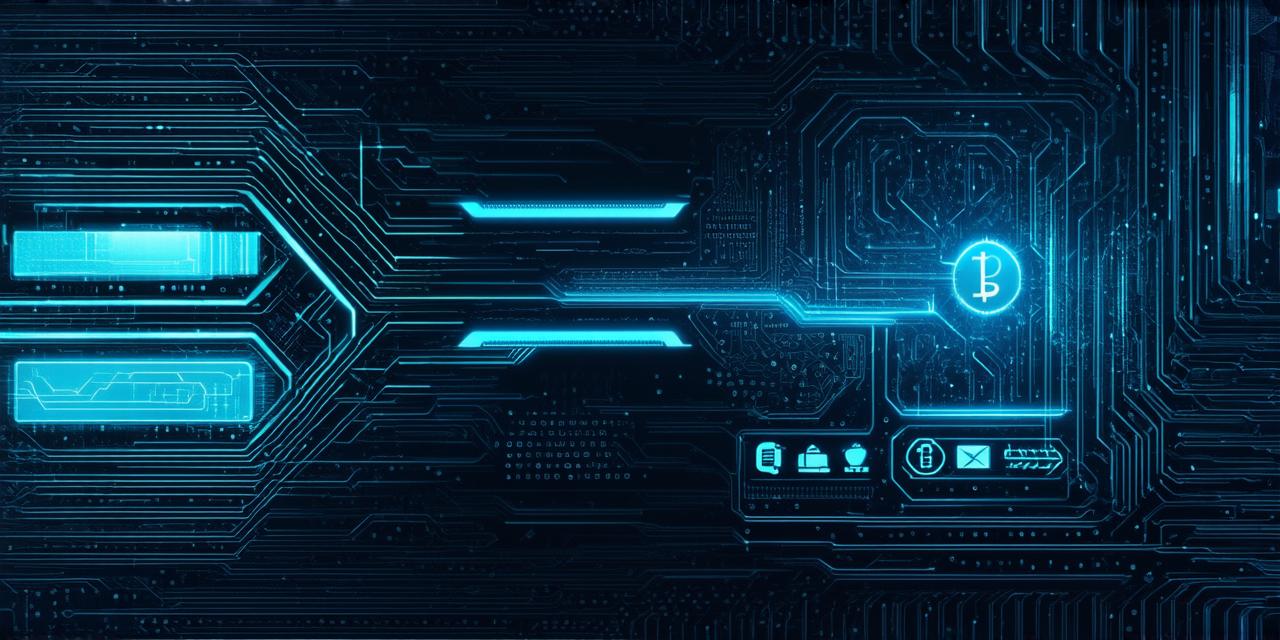As the world becomes more digitized and decentralized, blockchain technology has emerged as an innovative solution that enables secure and transparent transactions without intermediaries. In this comprehensive guide, we will explore what blockchain technology is, how it works, and its potential applications for developers. We will also discuss the challenges and opportunities associated with blockchain development and provide real-life examples to illustrate the concepts being discussed.
What is Blockchain Technology?
Blockchain technology is a decentralized database that enables secure, transparent, and tamper-proof transactions without intermediaries. It was first introduced in 2008 by an anonymous individual or group of individuals using the pseudonym Satoshi Nakamoto as a solution to the limitations of traditional financial systems, particularly in terms of security, transparency, and accessibility.
At its core, blockchain technology consists of blocks that contain information about transactions, which are linked together in a chain. Each block is cryptographically secure and contains a unique identifier called a hash, which ensures that the data cannot be altered or deleted once it has been recorded on the blockchain.
How does Blockchain Technology Work?
Blockchain technology works through a consensus mechanism, where all participating nodes in the network agree on the validity of new transactions and blocks before they are added to the chain. This process ensures that the blockchain remains decentralized and secure, as there is no central authority controlling the network.
There are several different consensus mechanisms used in blockchain technology, including proof-of-work (PoW), proof-of-stake (PoS), delegated proof-of-stake (DPoS), and leased proof-of-stake (LPoS). Each mechanism has its own advantages and disadvantages, and the choice of consensus mechanism depends on the specific application and requirements.

One of the key features of blockchain technology is its immutability, which means that once data is recorded on the blockchain, it cannot be altered or deleted. This provides a high level of security and transparency, as all participants in the network have access to the same information, and any attempt to tamper with the data can be easily detected and prevented.
Applications of Blockchain Technology for Developers
<p
